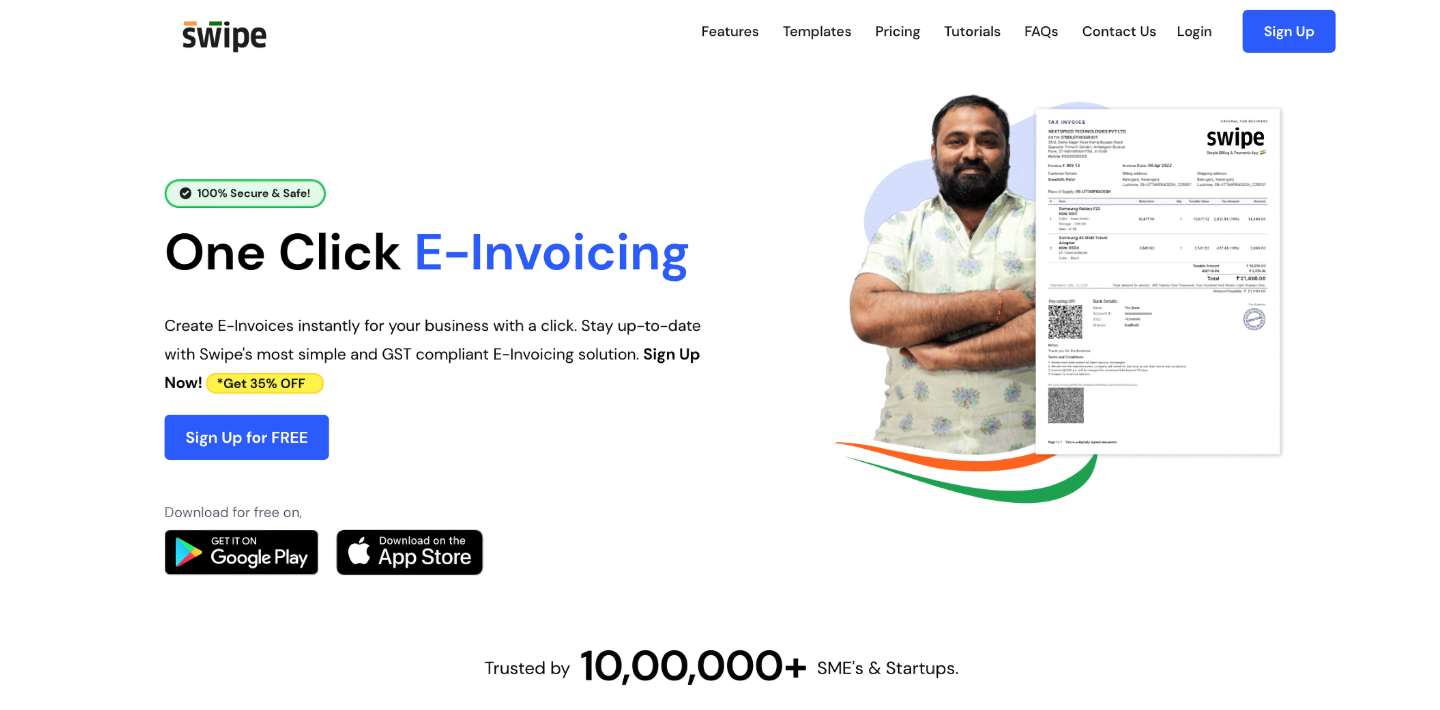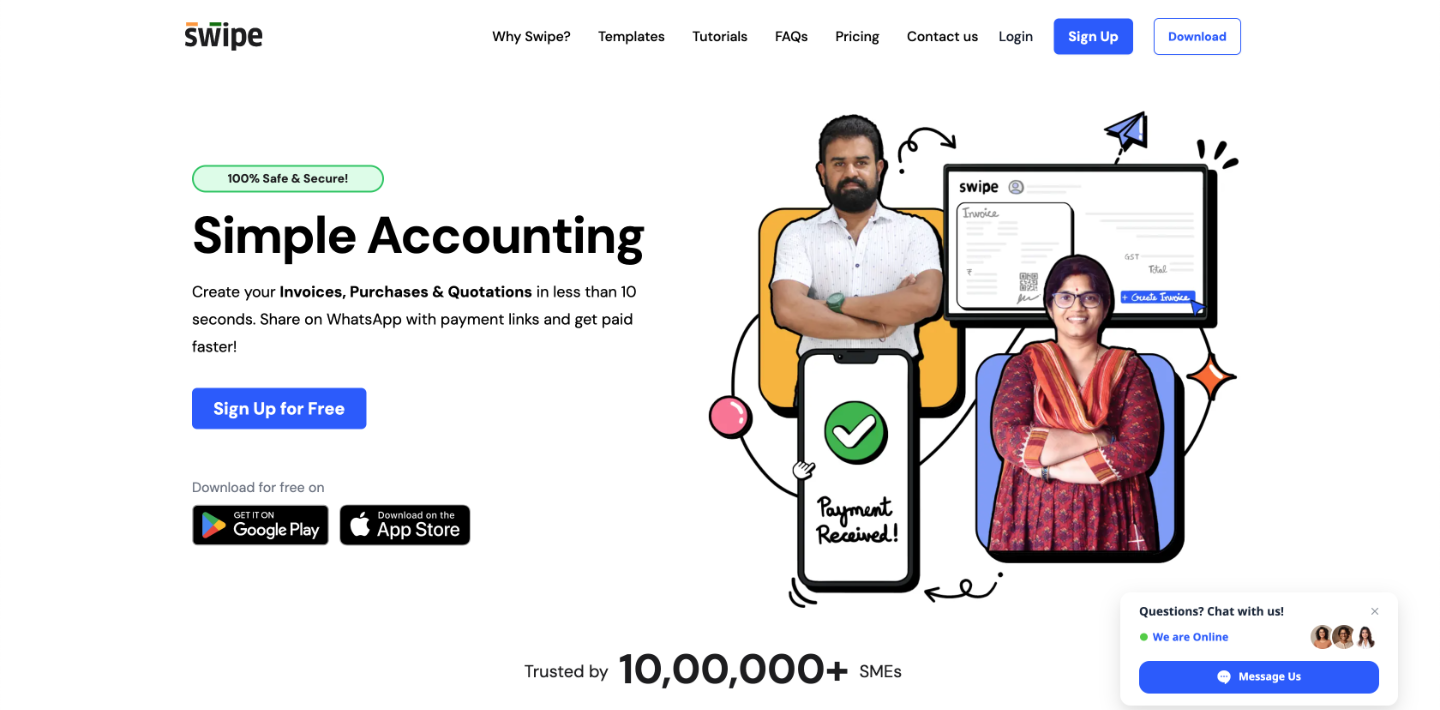
For years, phishing attacks and malware were remarkably obvious. Maybe it was an email from a Nigerian prince or a prize you hadn’t entered to win. Occasionally, such attacks snuck through the back door of a downloaded file or illegitimate website, but that’s about as complicated as cyberattacks got. But recently, things have gotten sneakier. Ransomware attacks are on the rise and experts expect things to get worse in 2018.
What can businesses do to reduce the threat ransomware poses to your company’s data? Start by looking closely at how ransomware attacks were leveraged in 2017.
Ransomware As Service
Perhaps the first moment when ransomware came to public attention was in the wake of the WannaCry attack in Mary 2017. WannaCry was an early version of ransomware as a service (RaaS); you could buy it on the dark web for as little as $50. That means anyone who could track down the program could deploy it – they didn’t need the technical knowledge to code it themselves.
WannaCry was just the beginning, though, and the subsequent attack NotPetya was significantly more advanced. When it enters the system, NotPetya reboots the computer and locks all files, then demands payment to unlock them. Though there are things companies can do to prevent such infections, like using malware scanning software and adding Read-Only files to business computers, the biggest problem with ransomware attacks is that they get smarter every time.
2018 Attacks: The Profit Motive
As noted, WannaCry was a kind of RaaS – potential users could buy it from hackers on the dark web. This development model is set to make ransomware more profitable in 2018. That means not only can hackers sell their attack products to the highest bidder, but would-be cyberterrorists can essentially order ransomware to their specifications.
In order to guard against ransomware attacks, all computer users are encouraged to upgrade to paid internet security software with automated updates. There’s no way for individuals to keep up with this level of threat, but high-performance security software offers your first best defense.
The New Problem Platforms
Traditionally, RaaS has been transmitted via email and email attachments, but experts predict that 2018 will bring this threat to new platforms. One of the most likely places we’ll see malware appearing in 2018 is on Android devices, with the files even being downloaded via the Google Play app store. Apple desktops, typically seen as impenetrable, may also be subject to attack.
While ransomware attacks are at the top of the list of security threats, experts are keenly aware that IoT-based attacks may be on the horizon in 2018. In fact, 32% of these experts consider IoT attacks among the top future risks. Because they’re mass market, loosely structured devices, IoT devices are weak links and designers need to secure the operating systems to prevent attacks from infiltrating IoT.
Malware Gets Smart
Finally, and perhaps most dangerously, ransomware, malware, and other cyberthreats are likely to get smarter in 2018 as the programs adopt machine learning protocols. By implementing this kind of advanced, adaptive system, threats can evolve faster than security software can implement guards. While machine learning offers countless benefits to software developers and businesses, when it comes to its inclusion in malware attacks, it could prove catastrophic.
2017 proved that we don’t know who or what the prime targets of malware are; we saw hospitals, universities, and businesses attacked without discrimination. If that tells us anything about 2018, it’s that hackers don’t discriminate and they cast their nets wide. What will you do to protect your business from their attacks?















